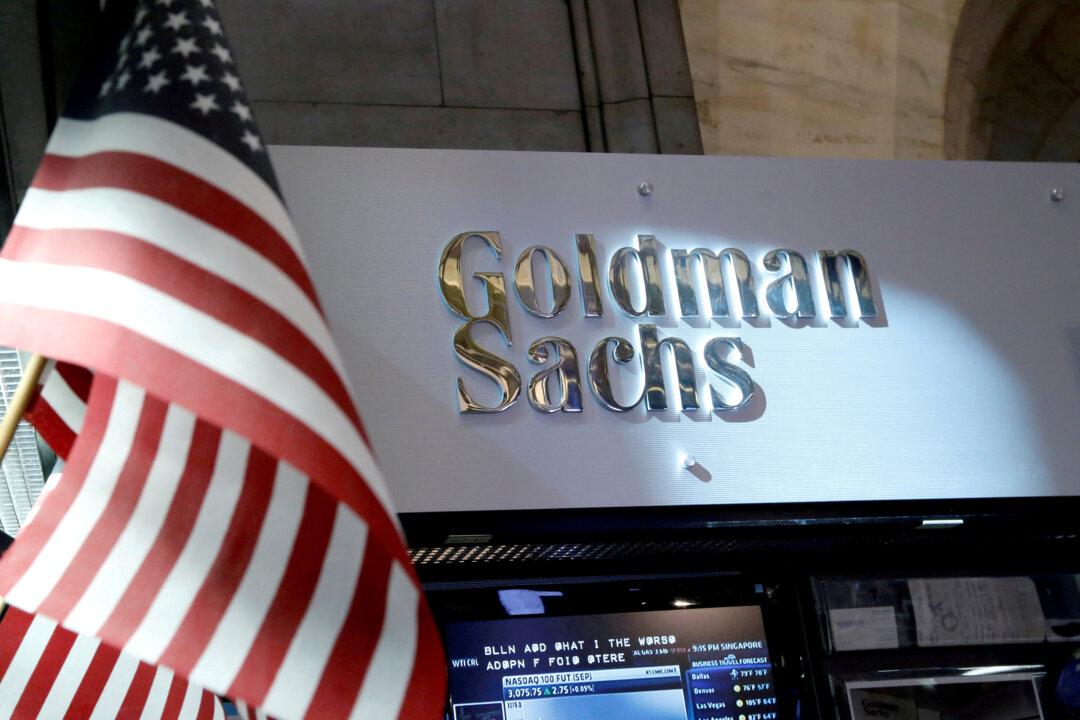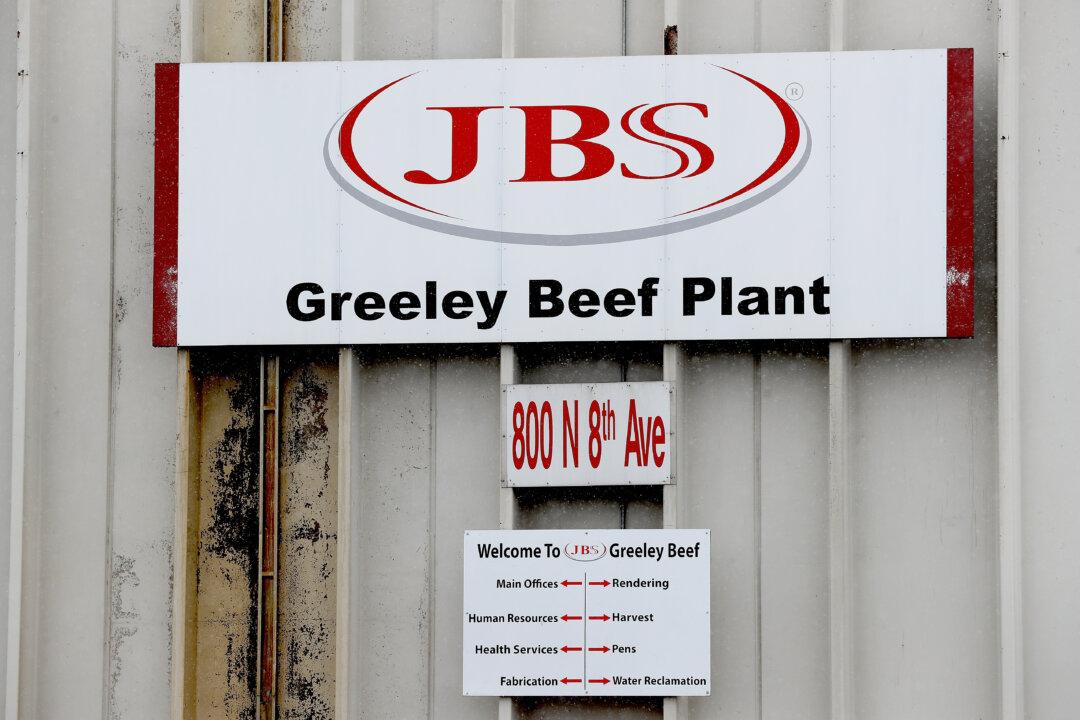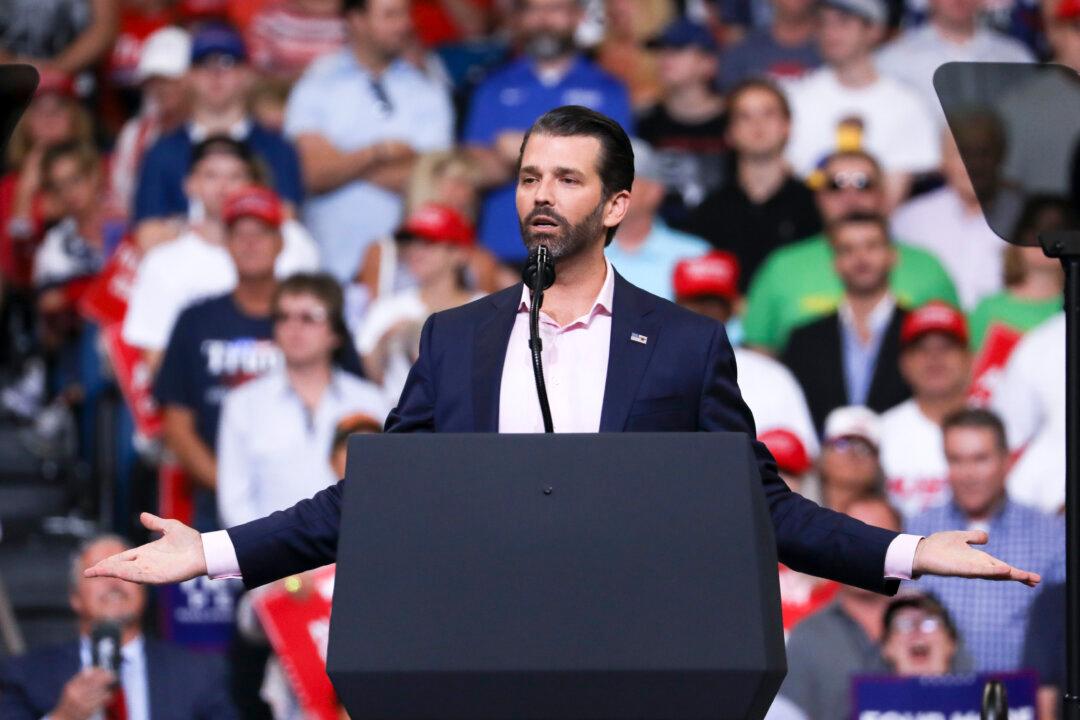Analysts at investment banking and financial services giant Goldman Sachs believe that U.S. economic activity has likely reached its lowest point and is primed to take off in the third quarter, according to a report (pdf) published this week.
Furthermore, the market-making bank stated in a note on Monday that it expects the U.S. economy to reopen gradually as lockdowns are eased and life returns to a semblance of normality for millions of Americans. According to Business Insider, Goldman says the recovery curve is likely to be V-shaped after mid-year and more broadly U-shaped for 2020 as a whole.





